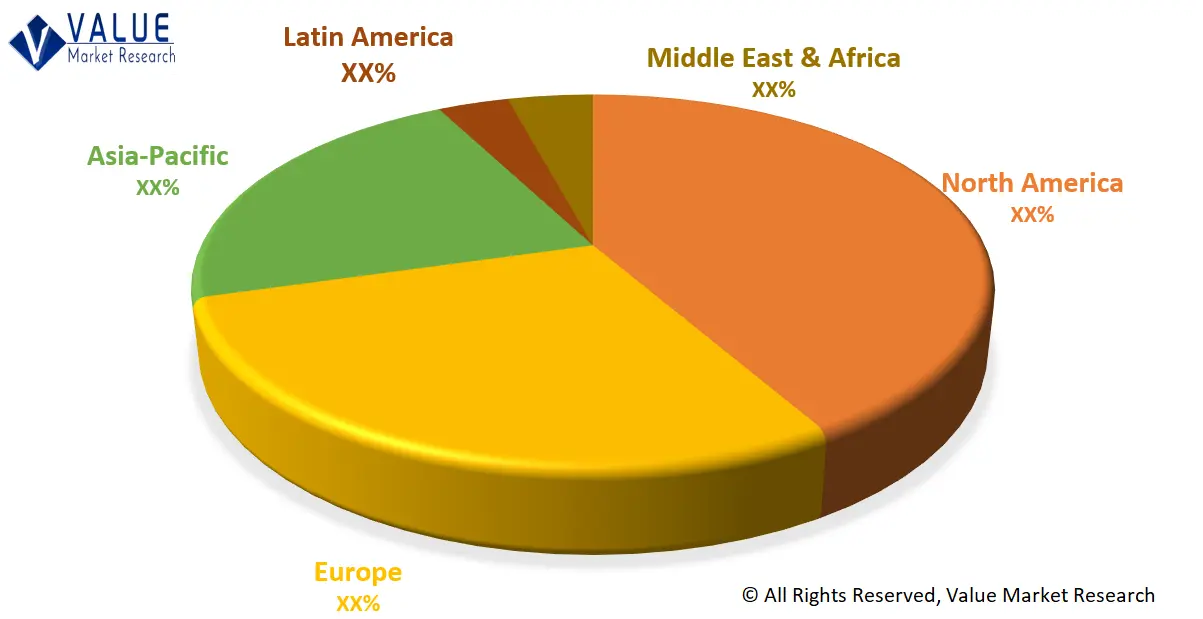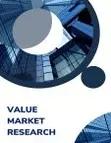The global demand for String Inverter Market is presumed to reach the market size of nearly USD 10.35 BN by 2030 from USD 5.02 BN in 2022 with a CAGR of 9.45% under the study period 2023 - 2030.
A string inverter is a type of solar inverter used in photovoltaic (PV) solar energy systems. The main function involves converting the DC electricity generated by solar panels into AC electricity. This converted AC electricity is then suitable for powering residences, commercial establishments, and the electrical grid. These are a common choice for residential and commercial solar installations.
Market Dynamics
The increasing adoption of solar energy for residential and commercial applications was a primary driver, with string inverters being a cost-effective choice for various projects. Its affordability, compatibility with different solar panels, and simplified installation processes made them popular, especially in smaller installations like residential rooftops. Continuous improvements in efficiency, monitoring capabilities, and communication features kept string inverters competitive and appealing to consumers and installers. The broader growth of the solar industry, driven by policy support, renewable energy goals, and global sustainability initiatives, contributed to the demand for string inverters.
The research report covers Porter’s Five Forces Model, Market Attractiveness Analysis, and Value Chain analysis. These tools help to get a clear picture of the industry’s structure and evaluate the competition attractiveness at a global level. Additionally, these tools also give an inclusive assessment of each segment in the global market of string inverter. The growth and trends of string inverter industry provide a holistic approach to this study.
Market Segmentation
This section of the string inverter market report provides detailed data on the segments at country and regional level, thereby assisting the strategist in identifying the target demographics for the respective product or services with the upcoming opportunities.
By System Type
By Phase
By End-Users
- Residential
- Commercial & Industrial
- Utilities
By Power Rating
- Up To 10 Kw
- 11 Kw-40 Kw
- 41 Kw-80 Kw
- Above 80 Kw
Regional Analysis
This section covers the regional outlook, which accentuates current and future demand for the String Inverter market across North America, Europe, Asia-Pacific, Latin America, and Middle East & Africa. Further, the report focuses on demand, estimation, and forecast for individual application segments across all the prominent regions.
Global String Inverter Market Share by Region (Representative Graph)

The research report also covers the comprehensive profiles of the key players in the market and an in-depth view of the competitive landscape worldwide. The major players in the String Inverter market include KACO New Energy GmbH (Germany), Delta Energy Systems GmbH (Germany), ABB Limited (Switzerland), Chint Power Systems Co., Ltd. (China), Ningbo Ginlong Technologies (China), Samil Power Co., Ltd. (China), Fronius International GmbH (Austria), SMA Solar Technology AG (Germany), and Huawei Technologies Co. Ltd. (China),. This section consists of a holistic view of the competitive landscape that includes various strategic developments such as key mergers & acquisitions, future capacities, partnerships, financial overviews, collaborations, new product developments, new product launches, and other developments.
In case you have any custom requirements, do write to us. Our research team can offer a customized report as per your need.

